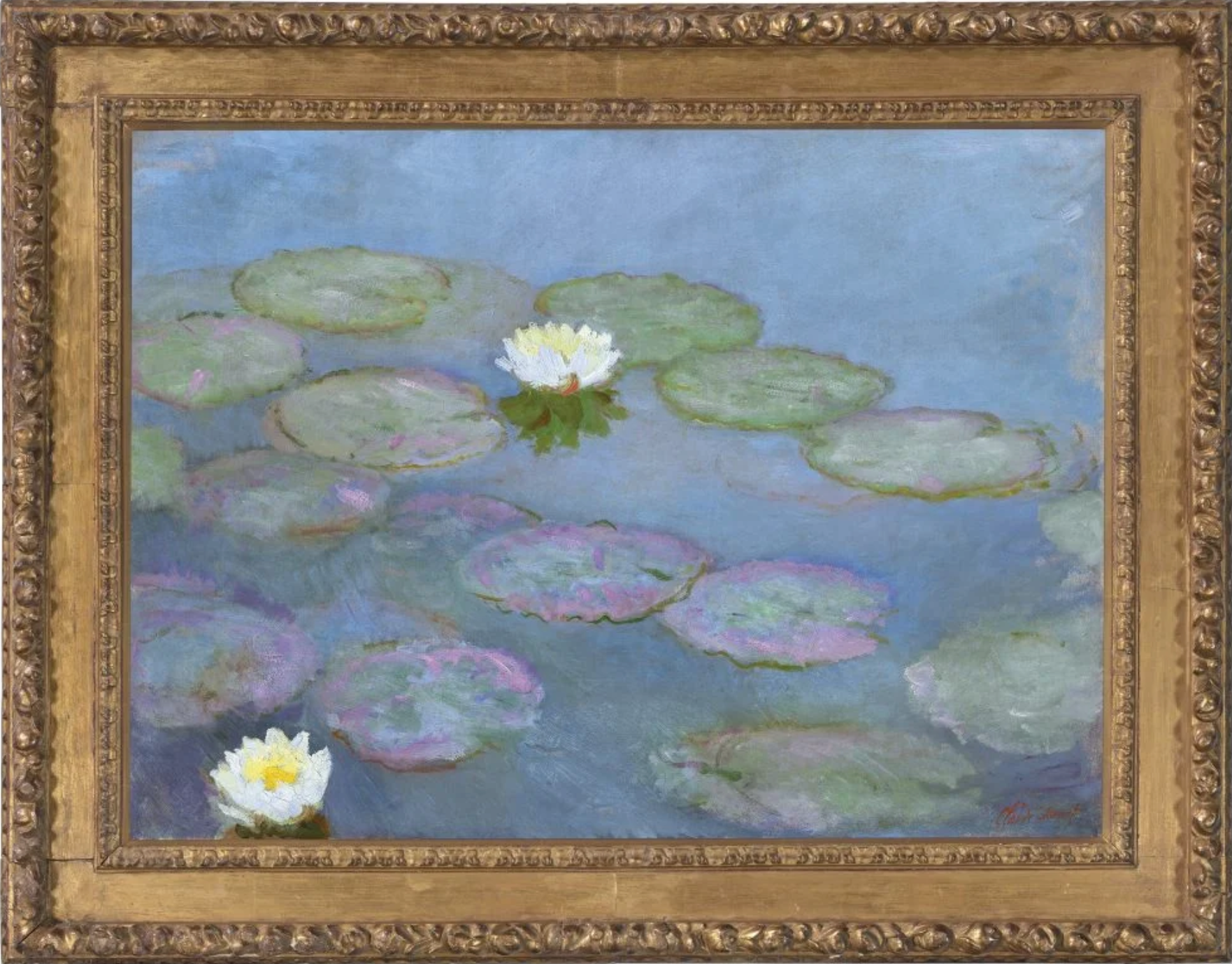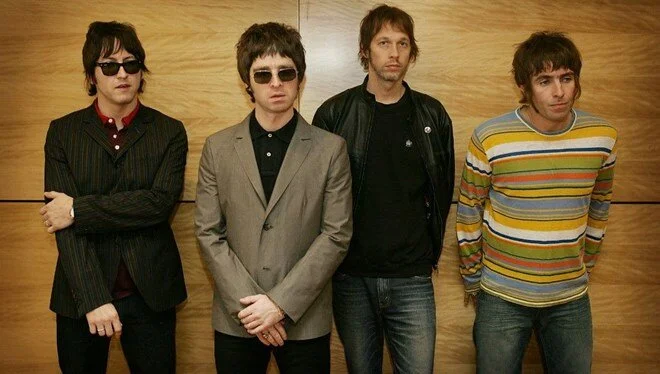In an art world abuzz with anticipation, Claude Monet’s revered “Nymphéas” (1897–99) is poised to take center stage at Christie’s inaugural evening sale at their newly minted Asia headquarters in Hong Kong this September 26. As the auction house sets the stage in a Zaha Hadid-designed marvel, the painting—expected to fetch between HK$200 million and HK$280 million ($25 million to $35 million)—is primed to make history. Should it reach this estimate, it will secure its place among the most valuable Western masterpieces ever auctioned in the region.
“Nymphéas,” a serene yet powerful rendering of the water lily pond at Monet’s beloved Giverny home, represents the dawn of an iconic series that would become synonymous with the artist’s legacy. Having remained within Monet’s family for years after his death in 1926, the painting eventually journeyed through private collections, only to resurface now in one of the most dynamic art markets in the world.
Joining Monet in this cultural debut is Zao Wou-Ki’s “05.06.80–Triptyque” (1980), a formidable abstract work carrying an estimate of HK$78 million to HK$128 million ($10 million to $15 million). The juxtaposition of Monet’s impressionist tranquility and Zao’s abstract vigor offers a rich narrative on the evolution of artistic expression across continents.
As Christie’s sets its sights on Asia, it is not alone. Sotheby’s and Bonhams are also gearing up to unveil their new Asian headquarters in Hong Kong, while Phillips has already staked its claim with a space in West Kowloon. Yet, with the Western art market showing signs of a slowdown, the coming months will reveal whether Asia’s burgeoning demand can sustain its momentum or if it too will face a reckoning. In this shifting landscape, all eyes are on the auction block, where history and market forces collide in a dance as intricate as the brushstrokes of Monet himself.









